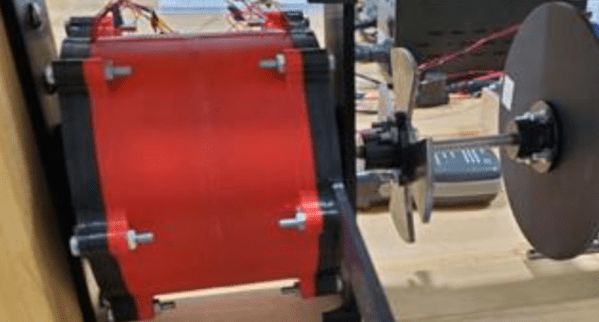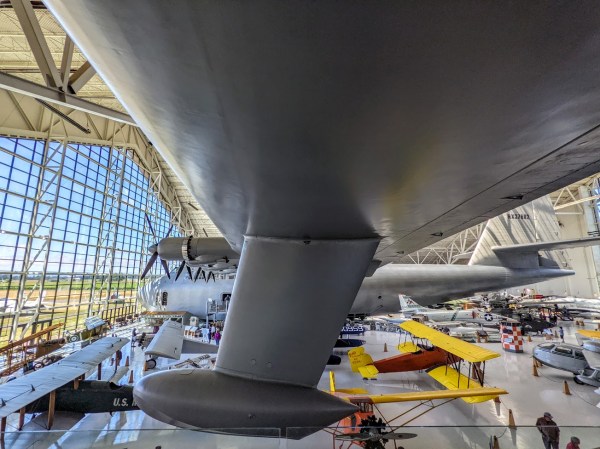[Robert Sansone] is a 17-year-old from Florida and, like most of us, he likes to tinker. He’s apparently got the time for it because he’s completed at least 60 projects ranging from animatronic hands to a high-speed go-kart. However, his interest in electric vehicles coupled with his understanding of the issues around them led him to investigate synchronous reluctance motors — motors that don’t depend on expensive rare earth magnets. His experiments have led to a novel form of motor that has greater torque than existing designs.
Rare earths are powerful but expensive, costing much more than common metals like copper or steel. Traditionally, synchronous reluctance motors use steel rotors and air gaps and exploit the difference in reluctance — a term for magnetic resistance– to generate rotation. [Robert’s] idea was to replace the air gap with a different material to increase the ratio of reluctance between the rotor and the gap. Reconfiguring the motor to a more traditional configuration shows startling results: the new design generated almost 40% more torque and did so more efficiently, as well.
His work has earned him first prize, and $75,000, in this year’s Regeneron International Science and Engineering Fair. It took 15 tries to get the motor to its current state, something made easier with 3D printing. There are plans for a 16th version that [Robert] hopes will perform even better. We can’t wait to see what he’ll do next.
Electric vehicles have made people look into many motor design topologies. The reluctance motor has been around for a long time, but controlling them has become significantly easier. That’s true of many kinds of motors.
Continue reading “Young Inventor Builds Motor Without Rare Earths”


















